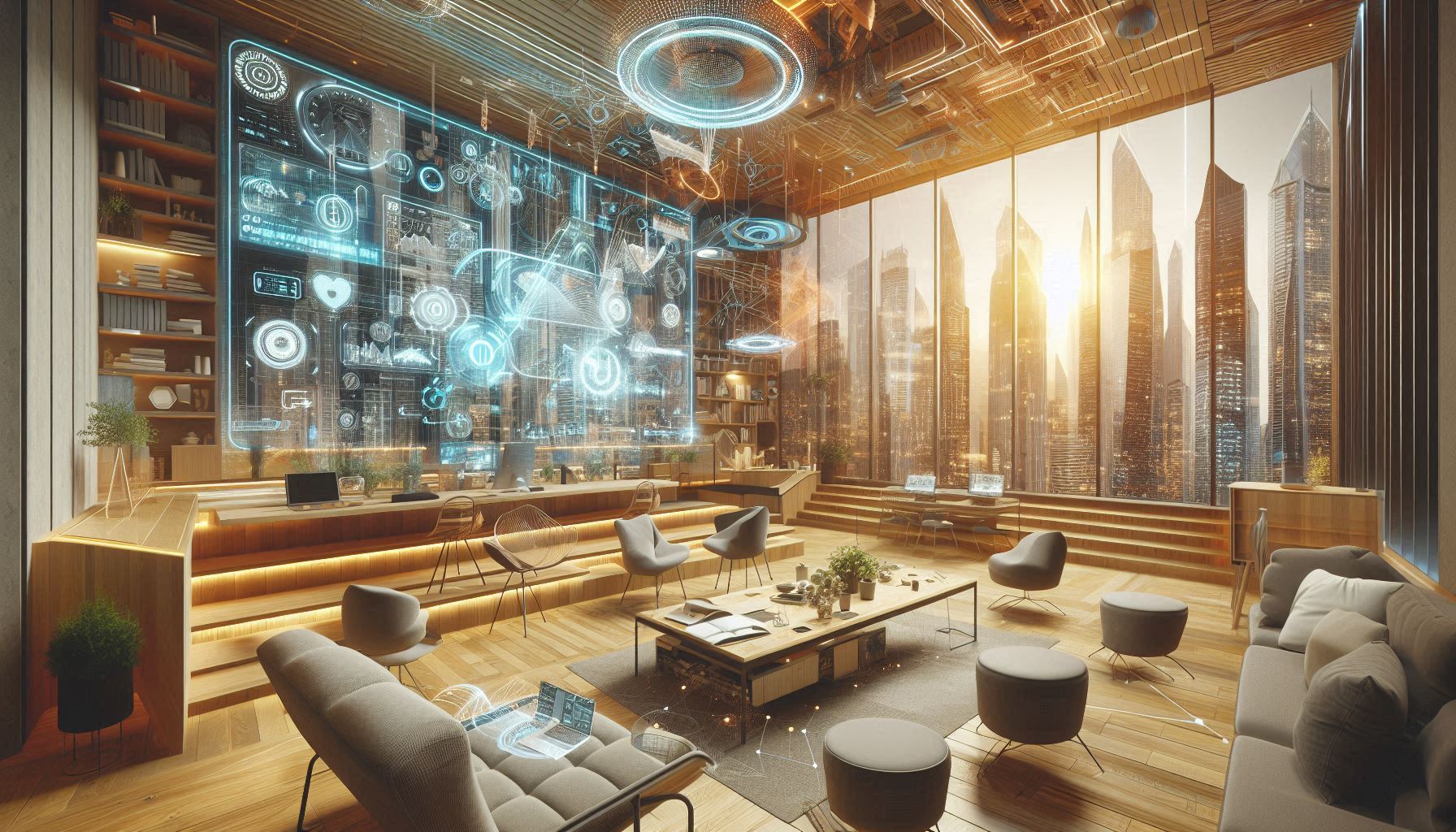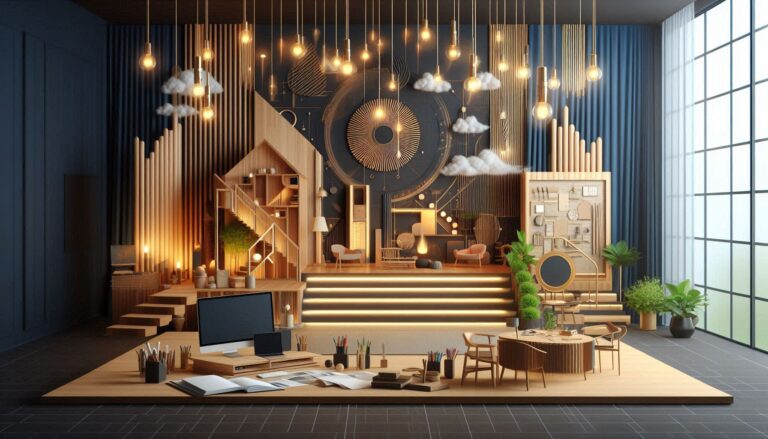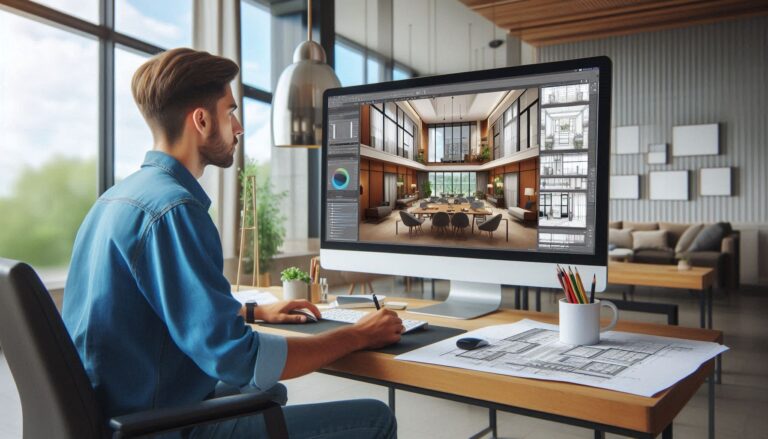The Rise of UX/UI in Architecture and Interior Design

In recent years, the influence of UX (user experience) and UI (user interface) design has extended beyond tech and digital platforms into the world of architecture and interior design. While architecture has traditionally focused on the physical structure and aesthetics, and interior design has emphasized visual appeal, today’s design process increasingly centers around the user experience. The combination of UX/UI principles is transforming spaces into environments that are more functional, accessible, and enjoyable to be in.
Here’s how UX/UI is making an impact on architecture and interior design:
- User-Centered Design
UX/UI principles prioritize the needs, behaviors, and experiences of the people using a space. By considering user needs, designers can create more personalized, functional, and comfortable spaces, from homes to workplaces to public areas. - Improved Human Interaction
Space design now takes into account how users move through and interact with their environment. This includes intuitive layouts that make navigation effortless and interaction with objects, furniture, and architectural elements seamless. - Integration of Technology
Smart technology is a growing part of modern spaces. Whether it’s smart lighting, climate control, or security systems, UX/UI design ensures these technologies are integrated in a way that’s easy for users to control and interact with—without disrupting the overall design. - Inclusion and Accessibility
A key element of UX/UI is ensuring spaces are accessible to all. By considering diverse user needs—whether physical, sensory, or cognitive—designers are able to create environments that everyone can navigate and enjoy. - Enhanced Productivity and Well-being
In workplaces, UX/UI principles focus on designing spaces that foster productivity and well-being. This includes thoughtful considerations of lighting, acoustics, and seating arrangements to create environments that support both comfort and focus. - Intuitive Navigation in Public Spaces
In public architecture, clear signage and thoughtful layouts are key. UX/UI design ensures that people can easily find their way around buildings, from airports to museums, with minimal confusion or frustration. - Seamless User Experience
Ultimately, UX/UI design aims to create spaces that function effortlessly, blending aesthetics with usability. A well-designed space not only looks good but also provides a pleasant and intuitive experience for the people who use it.
By integrating UX/UI design into architecture and interior design, we are shifting toward more human-centered, functional, and accessible spaces. Whether through improved navigation, technology integration, or enhanced user comfort, UX/UI is making spaces not just visually appealing but user-friendly and intuitive. As this trend continues to rise, we can expect future spaces to be even more tailored to the needs of those who inhabit them.






